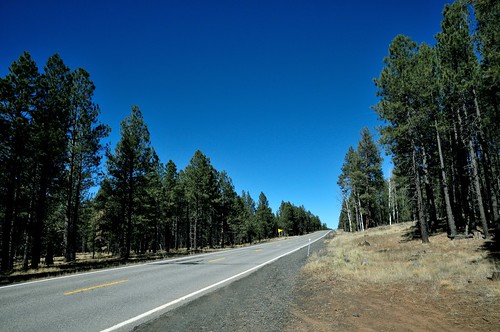
In an effort to prevent wildfires, the Route 66 town of Flagstaff, Ariz., has taken a novel approach — paying for prevention measures itself.
According the Atlantic Monthly:
Funded by a $10 million bond that voters approved by a three-to-one margin in November, the program puts local tax dollars to work clearing trees and brush, and lighting carefully-managed fires, in an effort to stave off the devastating, astronomically expensive megafires that have become increasingly common in the West. If successful, the project could also untether the community from a withering federal firefighting budget.
It seems usual Flagstaff residents would approve an increase in their taxes. But locals are all too aware of fire dangers — dense forest surround the city from all sides. Combined with persistent drought, a wind-fueled fire could lead to catastrophic results for the town.
Also, because of budget cuts, the U.S. Forest Service won’t have as much money to combat wildfires. Critics also say the Forest Service spends a disproportionate amount on firefighting instead of fire prevention.
And when a fire happens, the cost is mostly shouldered by locals.
Take the Schultz Fire, a June 2010 scorcher that burned 15,000 acres outside Flagstaff. It cost $60 million to put out, but flood damage, lost property value, habitat loss, cleanup, and other post-fire costs more than doubled the bill to $146 million. That difference is largely carried by local agencies and residents. Spend that same $60 million on prevention, Vosick argues, and the other costs likely could have been avoided. If she’s right, Flagstaff’s $10 million bond is a great bargain for local taxpayers.
Flagstaff’s approach to prevention will be closely watched by other wildfire-prone areas, the Atlantic says.
And it may not take long to see whether the city’s program is effective. According to the latest U.S. drought map, the Flagstaff region remains in moderate to severe drought.
(Image of the Kaibab National Forest near Flagstaff by Pete Zarria, via Flickr)